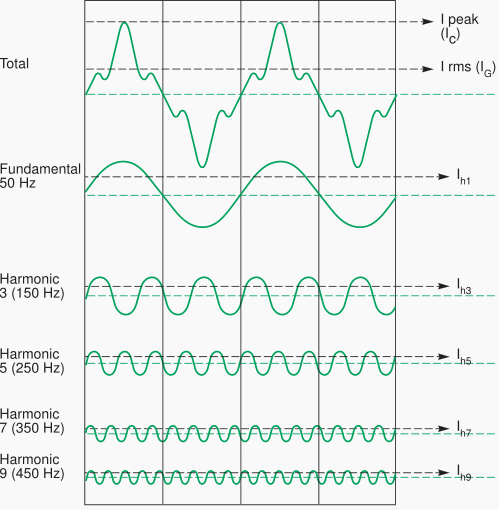

Dominant’s characteristic scale degrees are 2, 4, 5, 6, and 7. Subdominant’s characteristic scale degrees are 1, 2, 3, 4, and 6. Tonic’s characteristic scale degrees are 1, 3, 5, 6, and 7. Finding the function of a chordĮach of the three harmonic functions - tonic (T), subdominant (S), and dominant (D) - have characteristic scale degrees.

#Harmonic definition how to
What follows simply explains how to determine the function of a chord in common-practice music with greater specificity. The syntactic properties of these functions will be covered elsewhere. But in classical music, simply knowing the notes in a chord is enough to determine its general harmonic function and the general tendencies of that chord and its individual notes. For example, in pop/rock music a IV chord can exhibit very different functional tendencies depending on its context. Interestingly, in common-practice music, a chord’s function can be determined solely by its internal characteristics (the notes that make up the chord). Triads arranged on the circle of thirds, labeled by harmonic functions. Since the function is determined by the tendencies of the tones that they share, and since on this graph chords are grouped together by notes they have in common, they are also grouped together by function. Note that each chord sits between the two triads that share the most tones in common - C major (C, E, G) sits between E minor (E, G, B) and A minor (A, C, E), both of which share two tones in common with C.Ĭonvert these chords to Roman numerals (in C major), and we can see the functions. To visualize these functional categories, think of the usual triads in C major arranged on a circle of thirds. (Though, as you will see below, there is more to it than that.) If you are already comfortable with Roman numerals, you can generally think of I, III, and VI as tonic, II and IV as subdominant, and V and VII as dominant. And each of these functions tend to participate in certain kinds of chord progressions more than others. Each of these functions has their own characteristic scale degrees, with their own characteristic tendencies. These categories are traditionally called tonic ( T), subdominant ( S - also called predominant, P or PD), and dominant ( D). In common-practice music, harmonies tend to cluster around three high-level categories of harmonic function. The three common-practice harmonic functions As we explore specific genres, composers, and works within that common practice, we will have opportunity to explore the more nuanced differences between composers, as well as to move beyond common-practice Western art music to include other styles, such as pop/rock. Our initial exploration of harmonic functions will engage the general “common practice” that is shared by most eighteenth- and nineteenth-century Western composers. And though there are some general harmonic traits that are common to most eighteenth- and nineteenth-century Western composers (what we call the “common practice”), when we look in closer detail, we find some significant differences in the way Bach, Mozart, Brahms, and others compose their harmonic progressions. For instance, the kinds of functions we find in classical music are different from those we find in pop/rock songs from the Billboard charts. (Note the absence of root and quality from consideration here.)īecause tendency is style-specific, the same chord can have different functions in different musical styles.

Each scale degree has its own tendencies.Chords are collections of scale degrees.

Generally speaking, the function of a chord concerns the notes that belong to it (its internal characteristics), the chords that tend to precede and follow it, and where it tends to be employed in the course of a musical phrase.Ī theory of harmonic functions is based on three fundamental principles: These tendencies work together to create meaningful harmonic progressions, which can in turn form the harmonic foundation for musical phrases, themes, and larger formal units. Each chord tends to occur in some musical situations more than others, to progress to some chords more than others. If a musical function describes the role that a particular musical element plays in the creation of a larger musical unit, then a harmonic function describes the role that a particular chord plays in the creating of a larger harmonic progression.


 0 kommentar(er)
0 kommentar(er)
